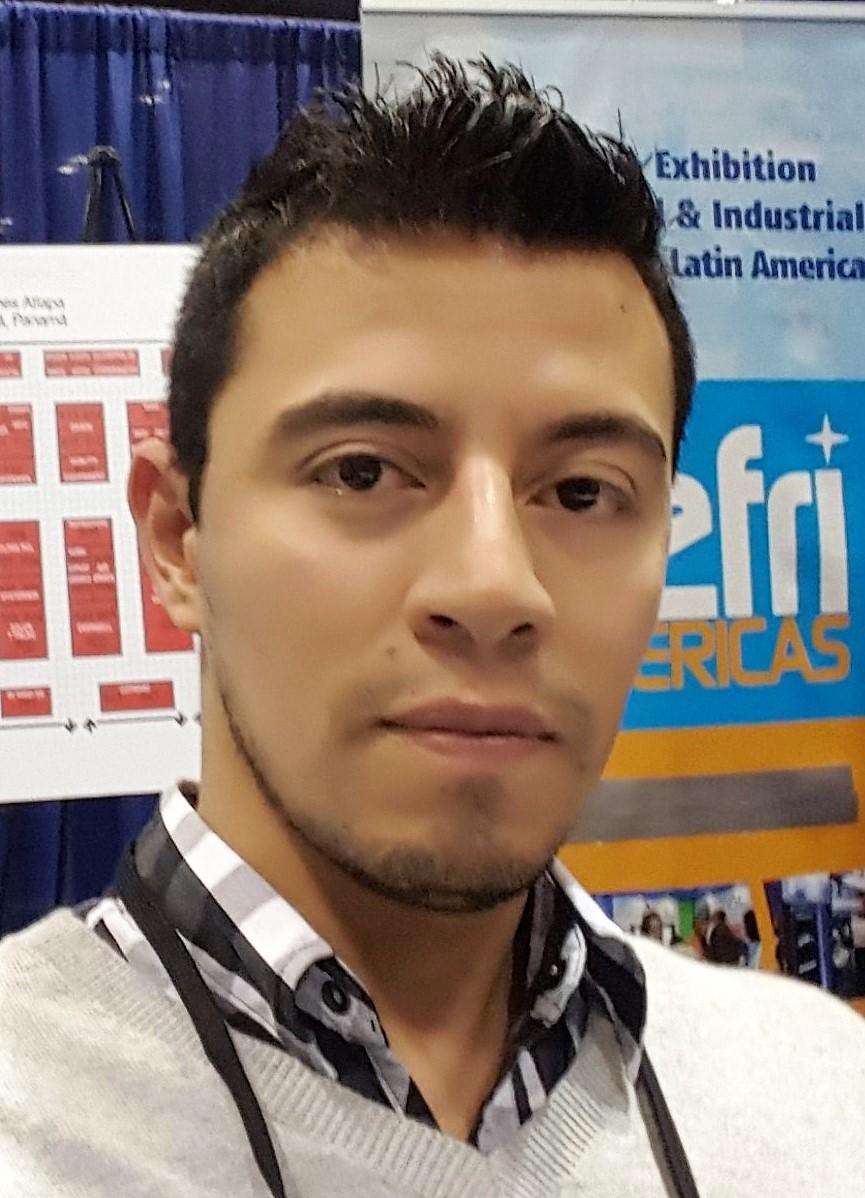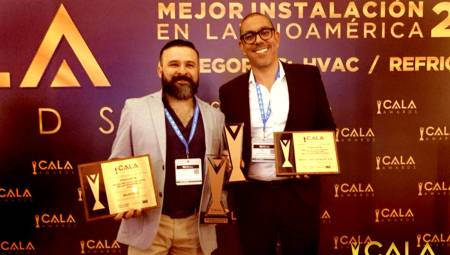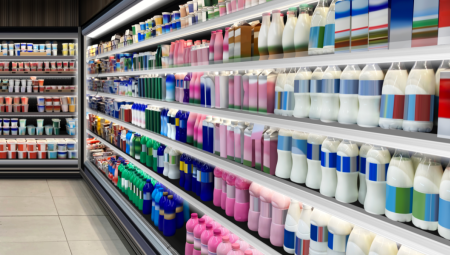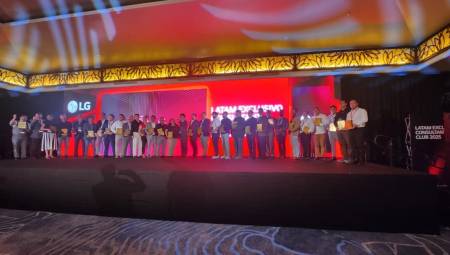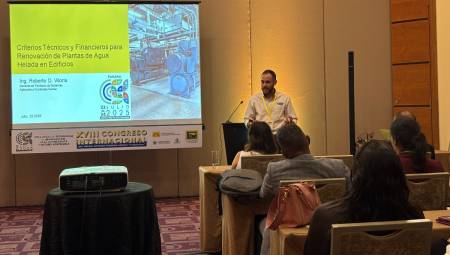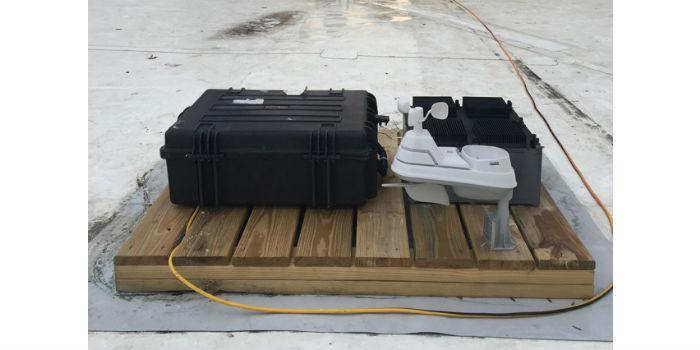 United States. Thermoelectric devices, which can generate power when one side of the device has a different temperature than the other, have been the subject of much research in recent years. Now, a team at MIT has devised a new way to convert temperature fluctuations into electrical energy. Instead of requiring two different temperature inputs at the same time, the new system takes advantage of oscillations in ambient temperature that occur during the day-night cycle.
United States. Thermoelectric devices, which can generate power when one side of the device has a different temperature than the other, have been the subject of much research in recent years. Now, a team at MIT has devised a new way to convert temperature fluctuations into electrical energy. Instead of requiring two different temperature inputs at the same time, the new system takes advantage of oscillations in ambient temperature that occur during the day-night cycle.
The new system, called a thermal resonator, could allow continuous operation for years of remote sensing systems, for example, without the need for other power supplies or batteries, according to the researchers.
The findings are being reported in the journal Nature Communications, in a paper written by graduate student Anton Cottrill, Carbon P. Dubbs Professor of Chemical Engineering Michael Strano, and seven others in MIT's Department of Chemical Engineering.
"Basically, we invented this concept out of thin air," Strano says. "We have built the first thermal resonator. It's something you can sit at a desk and generate power from what seems like nothing. We are surrounded by temperature fluctuations of all different frequencies all the time. These are an untapped energy source."
While the power levels generated by the new system so far are modest, the advantage of the thermal resonator is that it does not need direct sunlight; it generates energy from changes in ambient temperature, even in the shade. That means it is not affected by short-term changes in cloud cover, wind conditions or other environmental conditions, and can be located anywhere that is convenient, even under a solar panel, in perpetual shade, where it could even allow the solar panel more efficient at removing waste heat, say researchers.
The thermal resonator has been shown to outperform a commercial pyroelectric material of identical size, an established method for converting temperature fluctuations into electricity, by a factor of more than three in terms of power per area, according to Cottrill.
The researchers realized that to produce energy from temperature cycles, they needed a material optimized for a little-recognized feature called thermal effusivity, a property that describes how easily the material can extract heat from its environment or release it. Thermal effusivity combines the properties of thermal conduction (how quickly heat can be propagated through a material) and thermal capacity (the amount of heat that can be stored in a given volume of material). In most materials, if one of these properties is high, the other tends to be low. Ceramics, for example, have a high thermal capacity but low conduction.
To avoid this, the team created a carefully designed combination of materials. The basic structure is a metal foam, made of copper or nickel, which is then coated with a layer of graphene to provide even greater thermal conductivity. The foam is then infused with a type of wax called octadecan, a phase-change material, which switches between solid and liquid within a particular temperature range chosen for a given application.
A sample of the material made to test the concept showed that, simply in response to a temperature difference of 10 degrees Celsius between night and day, the small sample of material produced 350 millivolts of potential and 1.3 milliwatts of power, enough to power small environmental sensors or communications systems.
Essentially, Strano explains, one side of the device captures heat, which then slowly radiates to the other side. One side always lags behind the other when the system tries to reach equilibrium. This perpetual difference between the two sides can be harvested through conventional thermoelectric. The combination of the three materials ( metal foam, graphene and octadecan) makes it "the highest thermal effusion material in the literature to date," Strano says.
While the initial test was performed using the daily 24-hour ambient air temperature cycle, adjusting the material properties could allow harvesting other types of temperature cycles, such as heat from the engines' on/off cycle. in a refrigerator, or machinery in industrial plants.
Source: MIT.


